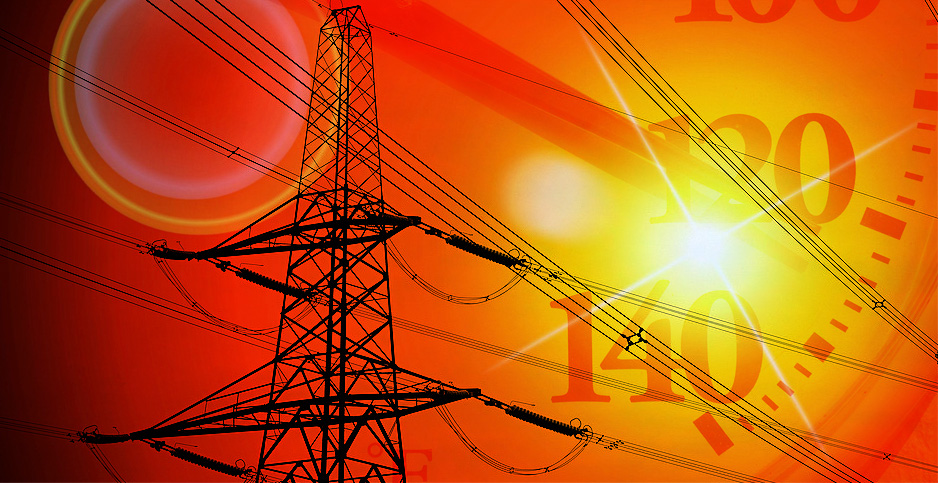
As heat waves become more frequent and intense due to climate change, their impact on power systems and human health is increasingly significant. Addressing these challenges requires a multi-faceted approach involving infrastructure resilience, energy demand management, and community preparedness.
The Dual Impact of Heat Waves on Power Systems
Heat waves strain electricity systems in two primary ways:
- Increased Energy Demand: Air conditioning becomes a lifeline during extreme heat, significantly raising electricity consumption. This surge can overload the system, especially during peak demand hours.
- Thermal Stress on Infrastructure: High ambient temperatures increase the heat load on power transformers and substations, reducing their efficiency and lifespan. Persistent heat can cause critical failures, leading to localized outages.
Case Study: Heat Wave Impact on Canada’s Grid
During the 2021 British Columbia heat wave, temperatures soared above 40°C, leading to equipment failures that caused widespread outages. Similar scenarios could emerge in regions like Ontario and Quebec during extreme weather events.
Strengthening Power Grid Resilience
Upgrading Infrastructure
Investing in heat-resistant materials and advanced cooling technologies for transformers and substations is essential. Systems should be designed to withstand peak temperatures beyond historical averages.
Demand Response Programs
Encouraging energy-saving behaviors during peak hours can alleviate stress on the grid. Programs like Ontario’s Independent Electricity System Operator (IESO) initiatives incentivize consumers to reduce usage during critical periods.
Contingency Planning
Utility providers must implement robust contingency measures, such as maintaining backup systems and prioritizing repairs during extreme weather. Hydro-Québec’s proactive postponement of non-urgent maintenance during heat waves exemplifies effective planning.
Preparing for Power Outages
Power outages during heat waves can be life-threatening, particularly for vulnerable populations. Personal and community-level preparedness can mitigate risks.
Emergency Kits
Every household should maintain an emergency kit with essentials such as:
- Three-day supply of water and non-perishable food
- Flashlights with extra batteries
- Medical prescriptions and first aid supplies
- Cash and identification documents
Backup Cooling Options
Access to cooling is critical during outages. Consider alternatives such as battery-powered fans, portable generators, or nearby cooling centers.
Community Cooling Centers
Municipalities should ensure that community cooling centers are well-equipped and accessible to those in need. These centers can save lives during prolonged heat events.
Sustainable Cooling Solutions
Long-term solutions, such as planting urban trees and installing reflective roofing materials, can help reduce urban heat island effects and lower cooling demands.
Adapting to a Changing Climate
As heat waves become more severe, upgrading Canada’s energy infrastructure is non-negotiable. Simultaneously, fostering community resilience and individual preparedness can minimize the adverse effects of power disruptions.
By prioritizing investments in resilient power systems and enhancing public awareness, we can ensure a safer and more sustainable future for all.
Conclusion
Heat waves present a growing challenge to power systems and public safety, making it imperative to adopt proactive measures. By upgrading infrastructure, implementing demand management strategies, and fostering individual and community preparedness, we can mitigate the risks associated with extreme heat. Ensuring resilient electricity systems and empowering citizens with the tools to navigate outages are not just matters of convenience but of survival. A collective commitment to these actions will enable us to adapt effectively to the realities of a warming world, safeguarding lives and sustaining critical services during heat waves.
